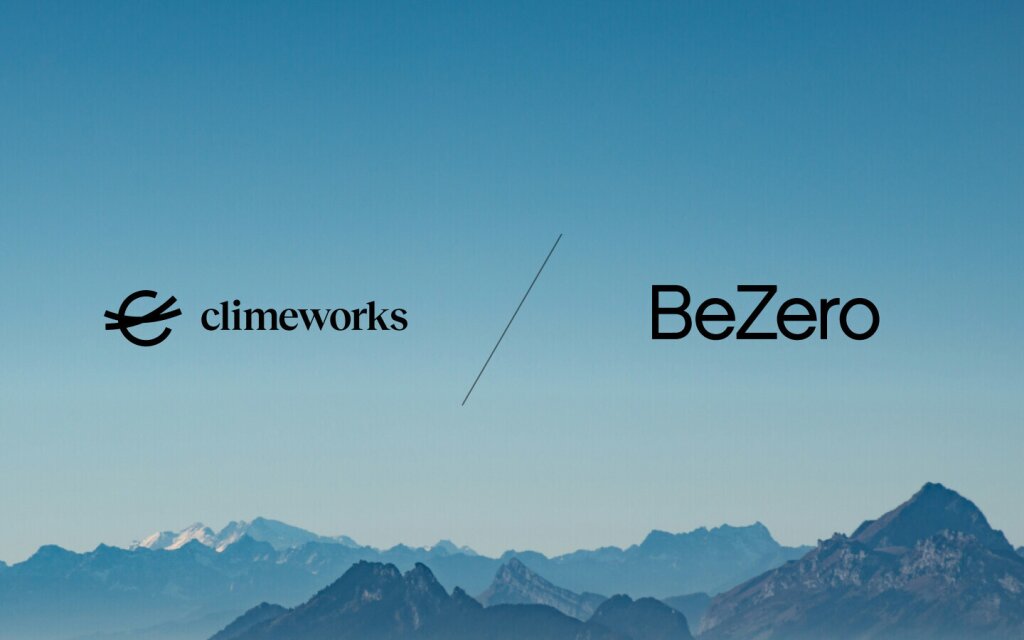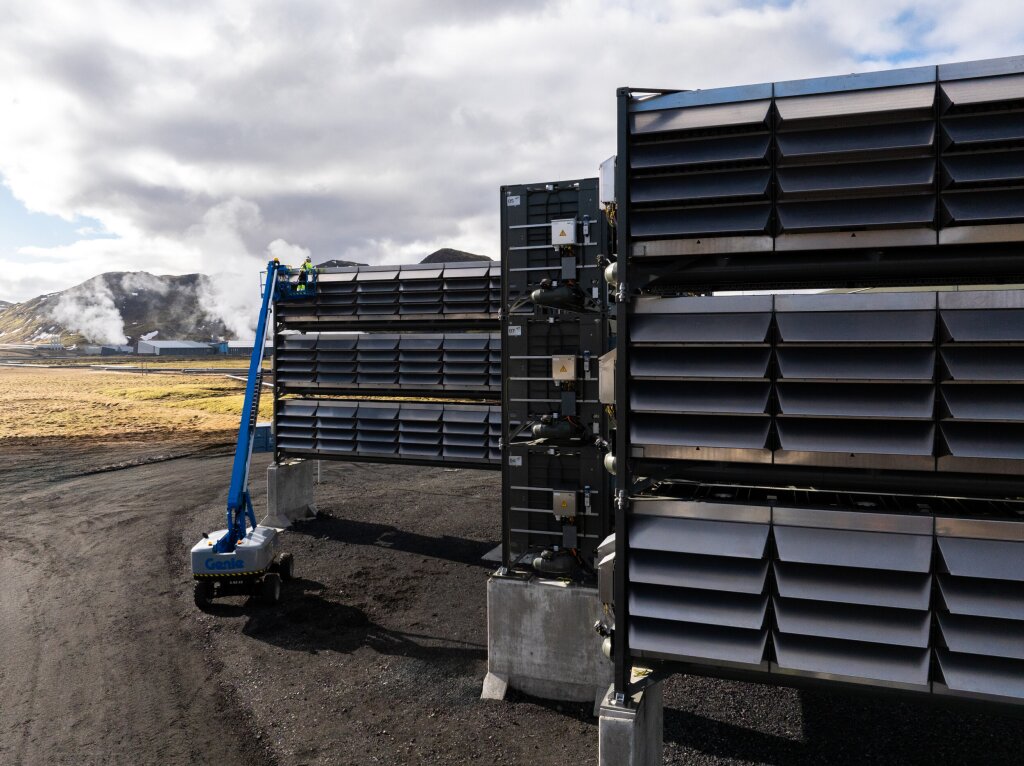
For businesses aiming for net-zero, investing in both nature- and technology-based carbon removal is crucial. Yet, with a rapidly evolving market and diverse approaches, companies need clear assurance that their investments are driving truly high-impact solutions.
At Climeworks, quality has always been our guiding principle. Maximizing impact and value across a diverse portfolio of carbon removal solutions demands a systematic approach. That's why we’ve developed a best-in-class quality framework. Built by our in-house team of scientists and carbon removal experts with over a decade of hands-on experience, our assessment applies over 45 rigorous criteria and has evaluated over 300 suppliers, resulting in approximately 5% pass rate.
We are now excited to announce our partnership with BeZero Carbon, a leading carbon ratings agency. This collaboration will actively leverage BeZero’s ratings, in-depth analysis, platform, and their 90+ strong science team to further enhance the rigor of our project evaluations.
To dive deeper into this collaboration, we spoke with Dr. Sacha Corby, Director of CDR Science and Technology at Climeworks, and Tommy Ricketts, CEO & Co-founder at BeZero Carbon.
Sacha, tell us more about your quality framework. What differentiates this framework from others, and which factors are key to identifying truly high-quality carbon removal?
Dr. Sacha Corby (Climeworks): Our quality framework for carbon dioxide removal (CDR) is based on a foundation of careful due diligence of all publicly available frameworks and building on top with our thinking from 15+ years of direct experience as a supplier. This experience gives us an unmatched practical understanding. For example, having navigated numerous registry audits, we've gained unique insights into common challenges, blind spots, and critical questions often overlooked by external validation and verification bodies (VVBs). This perspective has allowed us to design a framework that not only meets current standards but also anticipates and addresses crucial gaps, ensuring rigorous, transparent, and trustworthy outcomes—a commitment reflected in our stringent pass rate of approximately 5%.
From BeZero’s review of the framework, what elements stood out?
Tommy Ricketts (BeZero Carbon): Our analytical team found that Climeworks’ due diligence framework for identifying carbon removal solutions was both comprehensive and aligned with industry best practice for selecting credible, impactful projects. It translates scientific principles into a practical evaluation, delving deeply into permanence, additionality, and potential risks—whether environmental, operational, or financial. This demonstrates a genuine commitment to quality control.
Given that many carbon removal projects undergo third-party certifications (like Verra, Puro, Isometric), how should buyers understand the value of Climeworks' quality framework or BeZero’s project ratings? What new layer of assurance does this provide?
Tommy Ricketts: Project-level certifications are crucial for verifying that a specific project meets a standard’s requirements for measurement, reporting, and verification (MRV), enabling the issuance and sale of credits. BeZero’s ratings offer an expert-led, project-level view of all potential risks, providing independent, structured analysis. This empowers investors to make risk-informed decisions, incentivizing a "race to the top" for project quality and delivery. Similarly, Climeworks’ due diligence adds a layer of quality control, applying their first-hand experience as a developer.
Dr. Sacha Corby: Exactly. Think of it as layering assurance. Baseline certifications are necessary; they provide a foundation of verification and adherence to a specific standard. Our due diligence then goes further and filters for the highest quality projects by considering additional aspects that standards don’t typically cover in detail. For corporate buyers, the ultimate goal is to enable more confident climate action by helping them navigate market complexity and access high-integrity carbon removal solutions, both nature- and technology-based.
Climeworks now builds portfolios that include both nature- and technology-based solutions. Why do buyers need a diversified portfolio of various solutions?
Dr. Sacha Corby: We aim to offer the highest-value carbon removal solutions. This involves consideration of high integrity projects that are scalable and offer real impact, both locally and to the climate. Today, nature-based solutions (NBS) account for the majority of available volume and offer a broad array of additional benefits; thus, high quality NBS projects should be incorporated into portfolios for shorter-term climate impact. However, science clearly indicates that we’ll need to gradually shift away from overreliance on NBS due to their inherent limits in scale and durability. Our portfolios are designed for an efficient transition, moving from a current majority of nature-based carbon removal towards up to 17% technology-based solutions over time, and eventually shifting towards "like-for-like" removal at net-zero. For a solutions portfolio to achieve the scale companies need and minimize risks like under-delivery, diversification across solutions is absolutely crucial.
Delivery failure is top of mind for corporate buyers, as carbon removal is an emerging industry with inherent uncertainties around scale. What advice do you have for buyers navigating these risks?
Tommy Ricketts: We understand the uncertainty and complexity buyers face today. Both BeZero’s work in assessing carbon projects and Climeworks’ quality framework are designed to provide clear guidance, helping buyers narrow down to the most scalable and durable solutions available.
Dr. Sacha Corby: Exactly. Our quality assessment evaluates a robust set of potential risks, allowing us to identify and address potential flaws in permanence, additionality, or project implementation. Furthermore, we build in comprehensive risk mitigation mechanisms for our portfolios, such as collaborating with multiple suppliers for any given removal solution to ensure backstops in case projects under-deliver. There’re a lot of factors at play to ensure corporates can buy CDR with confidence.



